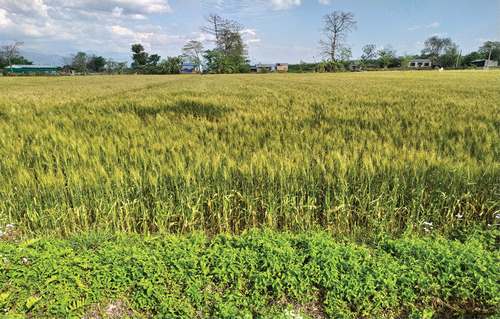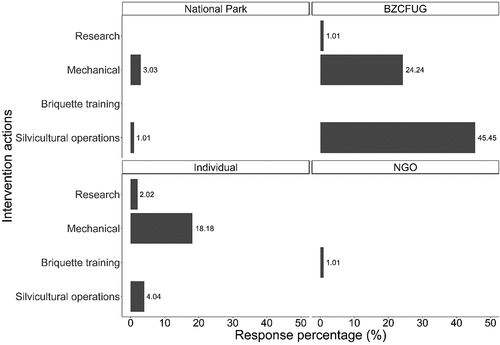Figures & data
Map of the study area showing Kumroj Buffer Zone Community Forest in the bufferzone of the Chitwan National Park, Nepal.
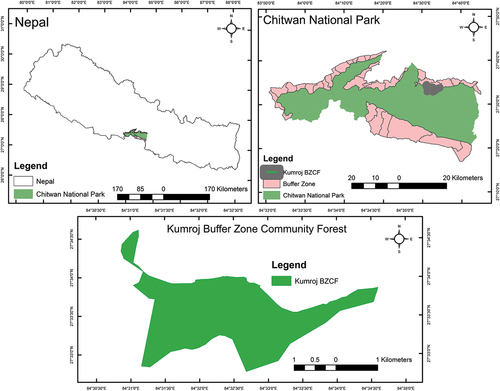
Table 1. Description of variables used in the analysis
Table 2. Summary of sociodemographic and characteristics of household respondents (n = 144)
Table 3. Contributing percentage of primary income sources in the annual gross family income, average income (mean ± standard deviation), and agricultural and animal contribution percentage (mean ± standard deviation) to the primary income sources
Table 4. Perception related to M. micrantha invasion
Table 5. Parameter estimates for the generalized model with logit function for the response on the use of Mikania micrantha (Yes = 1, No = 0) at a significance level (α) of 0.05. Odds ratio is obtained by exponentiation of the estimate of the model
Figure 3. Chisquare model correspondence analysis showing variability in the peoples’ spatial perception (solid triangles) of Mikania micrantha in the study area, Kumroj Buffer Zone Community Forest, Chitwan, Nepal. The first dimension (left to right) shows the variability due to the distance. The second dimension (top to bottom) shows variability among the perception type.
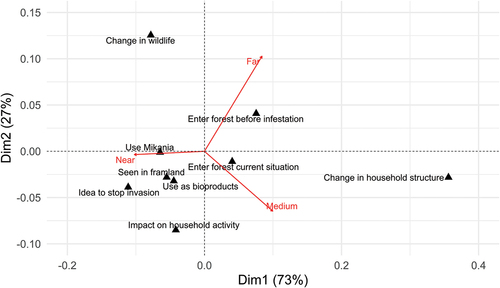
Figure 4. Inhibition by M. micrantha on native vegetation community forest area, Kumroj BZCF, CNP, Nepal. In the picture Aspidopterys cordata (a native vegetation with some traditional medicinal values) is covered by the weed.
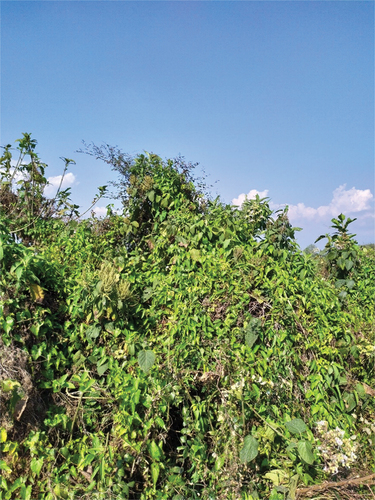
Figure 2. Response percentage on the potential factors regulating the abundance (increase & decrease) of Mikania micrantha and its invasion.
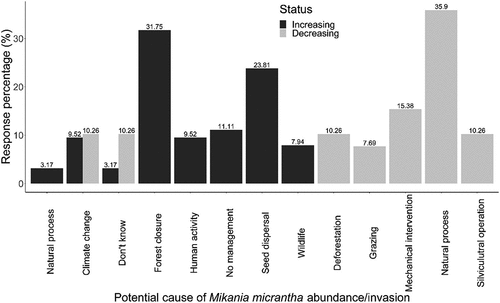
Table 6. Impact of M. micrantha
Supplementary 3 HH Frame.docx
Download MS Word (13.7 KB)Supplementary information05 16 2024.docx
Download MS Word (15.4 KB)MajorRcode_Syntax10082023.docx
Download MS Word (18.7 KB)Data availability statement
Data not available-participant consent.
